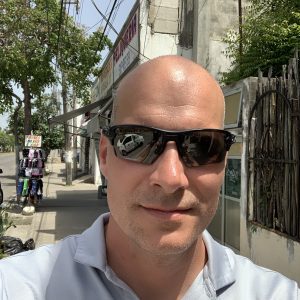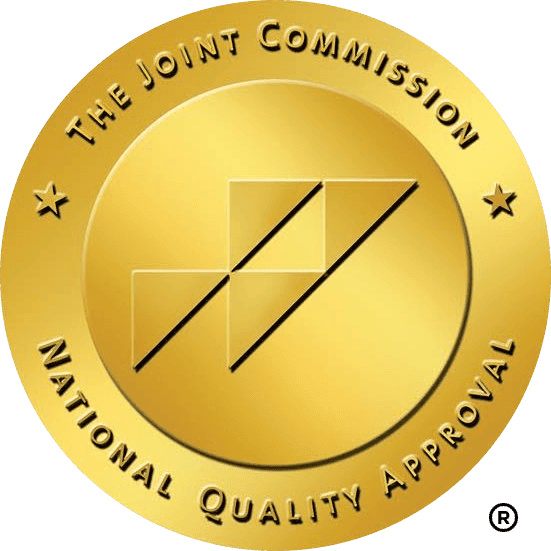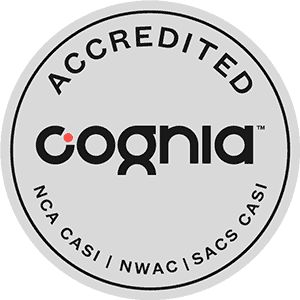Attention deficit hyperactivity disorder (ADHD) is one of the most common neurodevelopmental disorders of childhood. It is usually first diagnosed in childhood and often lasts into adulthood. Children with ADHD may have trouble paying attention, controlling impulsive behaviors, or being overly active.
ADHD was first included in the Diagnostic and Statistical Manual of Mental Disorders (DSM)—the diagnostic manual widely used by psychiatrists in the United States—in 1987 but the disorder has increasingly been diagnosed over recent decades. In the fifth edition (DSM-5), the American Psychiatric Association states that “in most cultures” about five percent of children have ADHD. The US seems to have a different culture. “Fifteen percent of youngsters in the United States—three times the consensus estimate—are getting diagnosed with ADHD,” wrote Alan Schwarz in 2016 in ADHD Nation. “In southern states such as Mississippi, South Carolina, and Arkansas, it’s 30 percent of all boys, almost one in three.”
It is also one of the more common mental health conditions seen in Turning Wind clients. “It’s often difficult for parents to navigate that situation. They don’t know how to respond to certain situations. They’re not sure what’s driving this behavior and how parents can get ahead of it,” says Turning Winds’ clinical director Jared Sartell who speaks from experience since he has a seven-year-old son with ADHD.
Children with ADHD have a hard time thriving in a contemporary school environment. “There used to be a place for those kids, there used to be traditional academics but there was also auto shop and other hands-on instruction, there was lots of PE and intramural sports. There were ways for people to thrive outside the classroom,” says Sartell. “Now, our system has shifted away from that, and most of the time, students are required to strictly sit in the classroom. It’s ‘do your work, don’t question anything’—essentially, don’t make life inconvenient for the adults running the show.”
It’s not a good schedule for students with attention deficit issues. “For somebody who has ADHD, that’s impossible because they’re just not capable of doing that.” And since they cannot sit still for long periods of time, they are quickly viewed as a problem. “In previous generations, it wasn’t a problem,” says Sartell. “There were healthy outlets for the sort of natural abrasiveness that comes with people who have ADHD—or a natural creativeness or curiosity. It wasn’t folded into a sort of narrow funnel.”
His advice for parents is to know their kids and be more attuned to them. “My son has a bike and when he’s starting to shake the house down, I say, ‘Let’s go for a bike ride’ and we jump out. We are raising children to be adults and it’s less about our comfort and convenience and more about how can we provide this person with a way to learn how to manage all of this stuff. Most of the awesome things that we experience in our world come from the brains of people who are outside of that box our system kind of jams creative people in.”
The educational and therapeutic approach at Turning Winds is focused on individual needs and provides plenty of experiential outlets. The program makes use of the expansive landscape of Montana to combine adventure therapy, experiential education, and psycho-educational therapy.
Experiential learning is based on the assumption that lasting change can occur when people are placed outside their familiar environment and immersed in new and somewhat challenging situations. “I really enjoy utilizing the mountains we have here,” says Sartell. “We utilize different resources that are available within our communities and just within this mountainous region. Getting them to do activities that are healthy, that are positive, can give them outlets for their stress so they can replace the negative patterns and behaviors they had with healthy ones.”
At Turning Winds, it’s not only the spectacular landscape but also the people who make a difference. We’ve built a team of some of the world’s finest academic and therapeutic professionals, all of whom share the same goal: to help teens re-engage meaningfully with their lives, their families, and their futures. Contact us online for more information, or call us at 800-845-1380. If your call isn’t answered personally, one of us will get back to you as soon as possible.









